There will be a solemn choral Vespers according to the medieval Use of Sarum on March 1st in the beautiful neo-gothic chapel of Princeton University. The service of Vespers and Benediction is to be co-sponsored by Scala Foundation, and is organized by our great friend Peter Carter of the Catholic Sacred Music Project, who is also the choir director for the Aquinas Institute of Princeton University which is hosting the event. Some of you will remember Peter directing the choir that led us in prayer at the Scala Foundation conference in Princeton last spring. The music on this occasion will be sung by the internationally known early music choir from the UK, Gallicantus, directed by Gabriel Crouch who is also Director of Choral Activities and Senior Lecturer in Music at Princeton University.
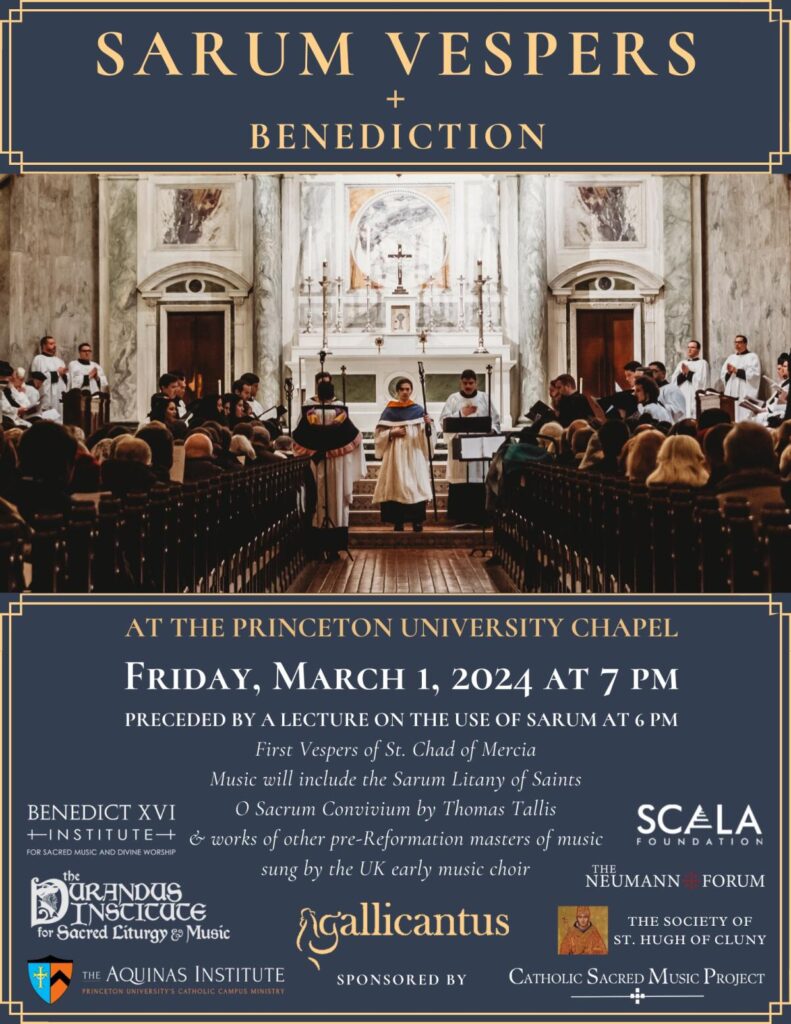
The event starts at 6 pm, with two short presentations, prior to the Vespers itself which starts at 7pm. The speakers will be James T.M. Griffin of the Durandus Institute and myself. James will focus on an explanation of the Use of Sarum’s expressions of worship and its importance today. I will talk about the sacred art, which will be an integral part of the service, and which I have chosen especially for the occasion. I will describe why I chose the images and will explain how to engage with those images fruitfully and authentically in the course of the worship of God.
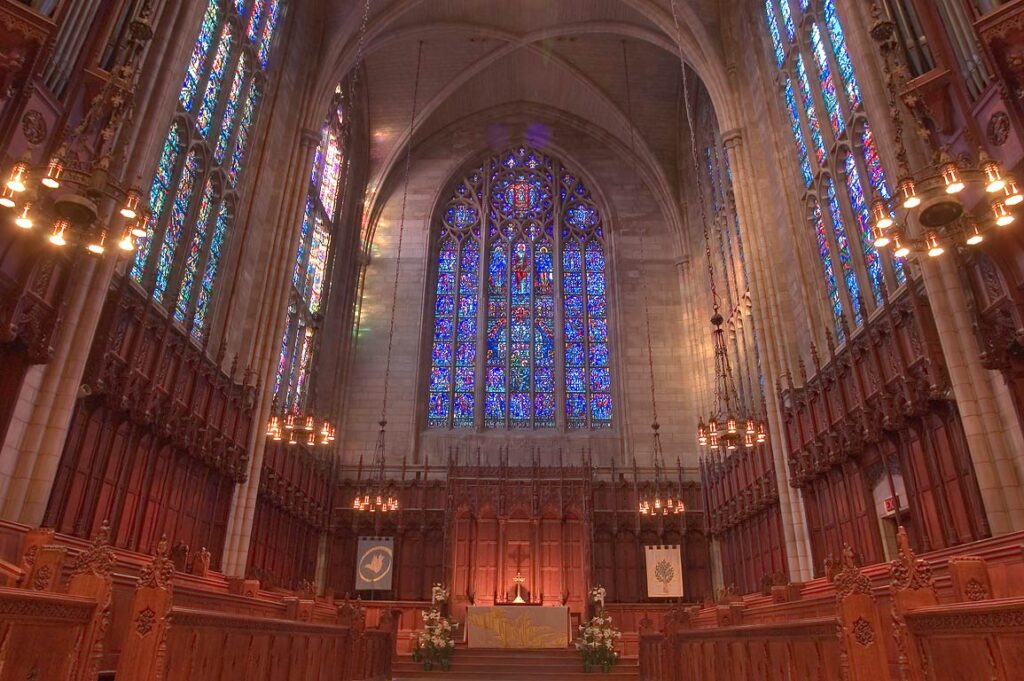
The Use of Sarum is a form of the Roman Rite, sung in Latin, that goes back to pre-Reformation England and which is rooted in the the ancient worship of Salisbury Cathedral. Sarum is an archaic name for the city of Salisbury. This characteristically English style of worship became the foundation subsequently for the pattern of Anglican worship, and the Book of Common Prayer. As such, it has been a strong early forming influence on contemporary Anglo-American culture and society and so its appeal reaches across the spectrum of faith and denominations. This promises to be an excellent opportunity to show the Faith in action to all, in an attractive and dignified way.
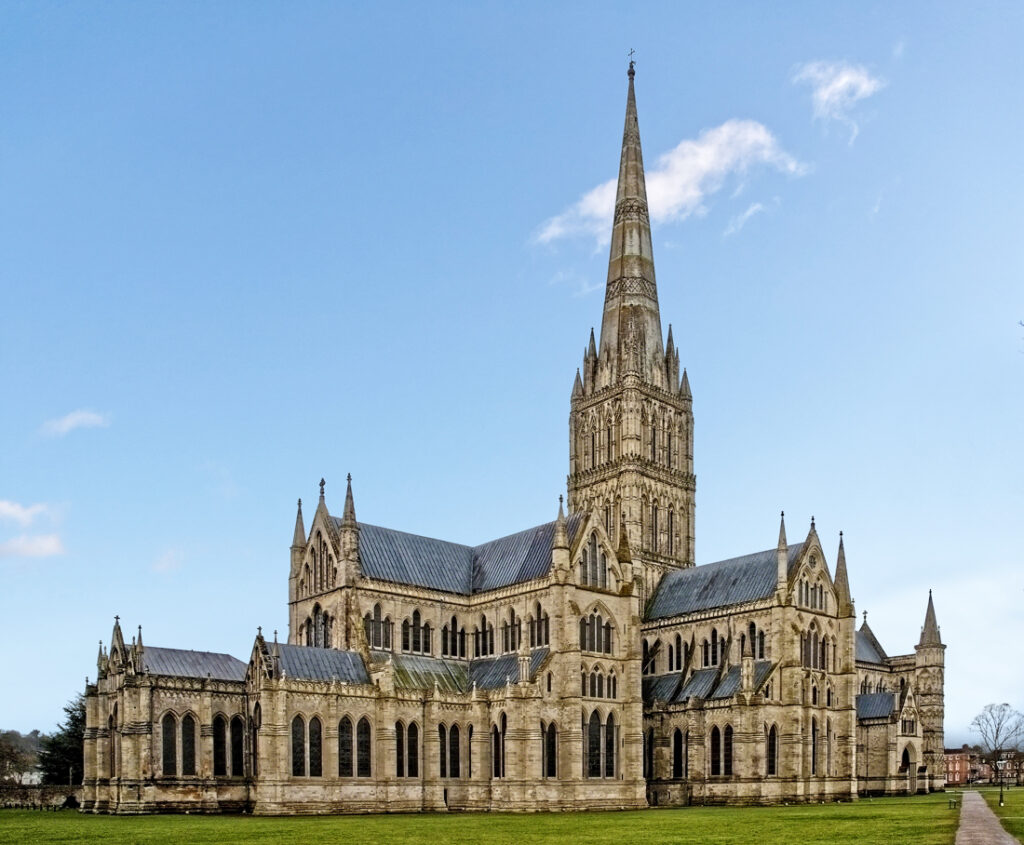
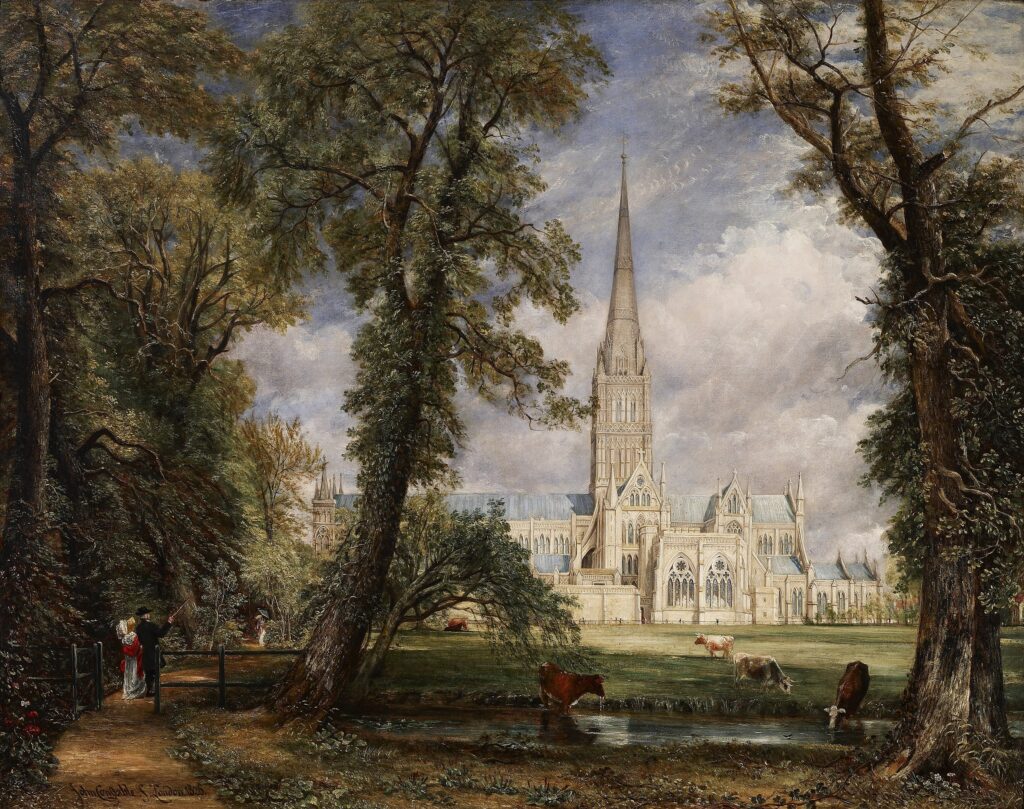
St. Chad, who features prominently in the history written by St. Bede, is a 7th-century Anglo-Saxon saint who evangelized the ancient kingdom of Mercia, re-establishing Christianity in the region after its decline following the departure of the Romans more than two centuries earlier. His example, therefore, is particular relevant to those of us who seek to see the Christian values of the West re-established in the secular mainstream of the US and the UK today.
The event is co-sponsored by the Scala Foundation, Durandus Institute, and Benedict XVI Institute. It won’t be live-streamed but it will be recorded, and this recording will be made available afterwards.
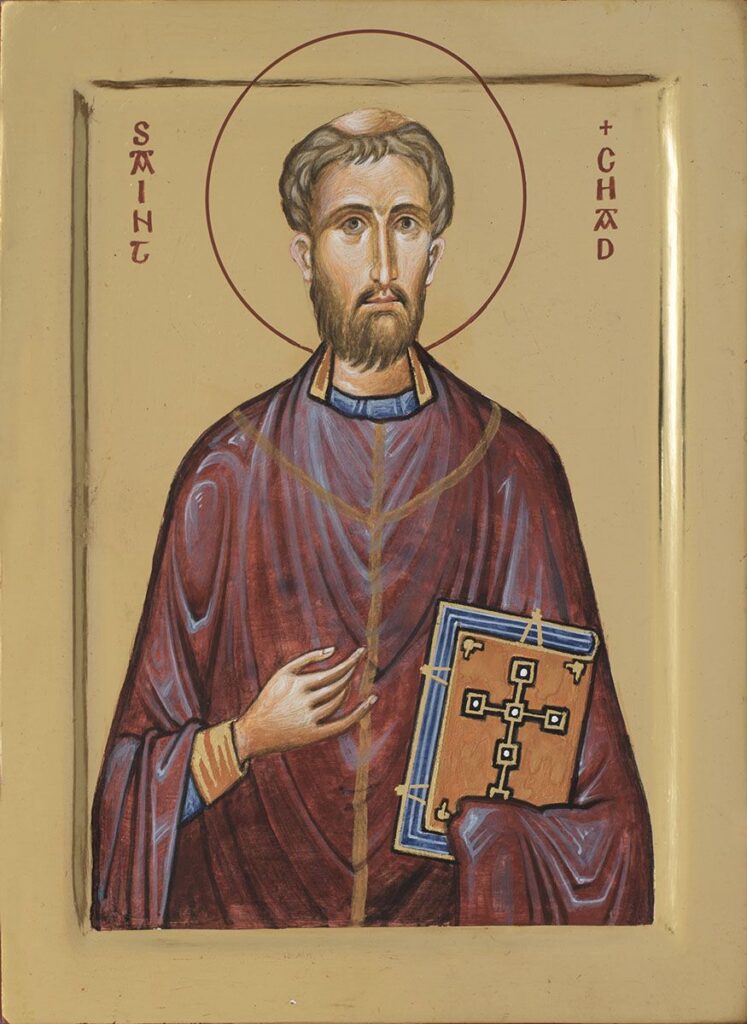
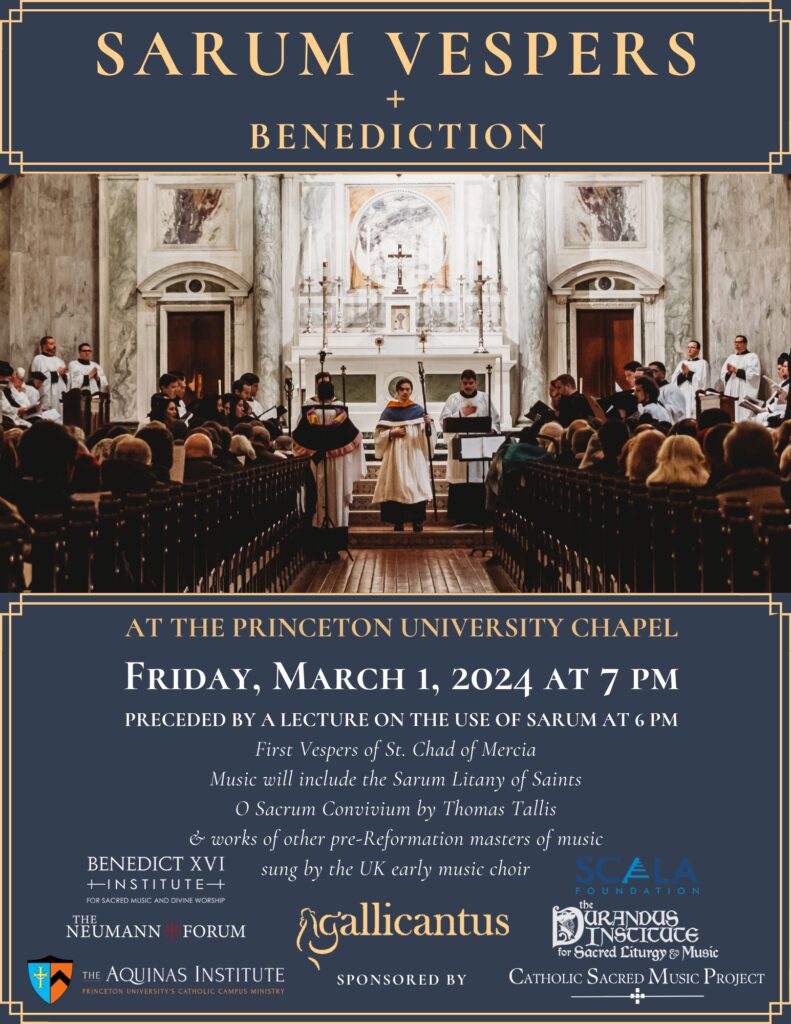
From the Anglican Ordinariate | Book of Common Prayer | David Clayton | Event | Gabriel Crouch | Gallicantus | Kings Singers | Liturgy of the Hours | Sacred Art | Sarum series
View more Posts